Japanese beetles are a common garden pest known for their voracious appetite for a wide range of plants. They can cause significant damage to flowers, shrubs, and vegetables, making it essential to control their population. Here are some of the fastest ways to get rid of Japanese beetles and protect your garden.
Other Topics You Might Like
Helpful Products You Might Like
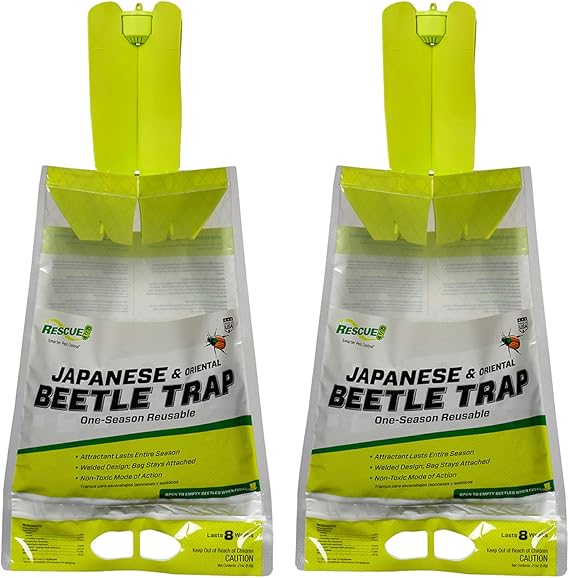
RESCUE Japanese Beetle Trap Reusable Bag
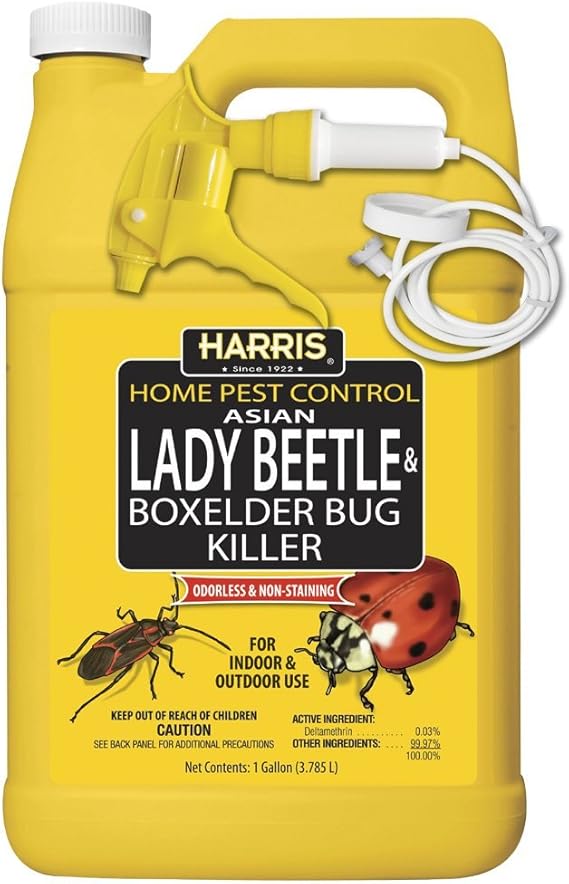
HARRIS Asian Lady Beetle and Box Elder Killer Spray
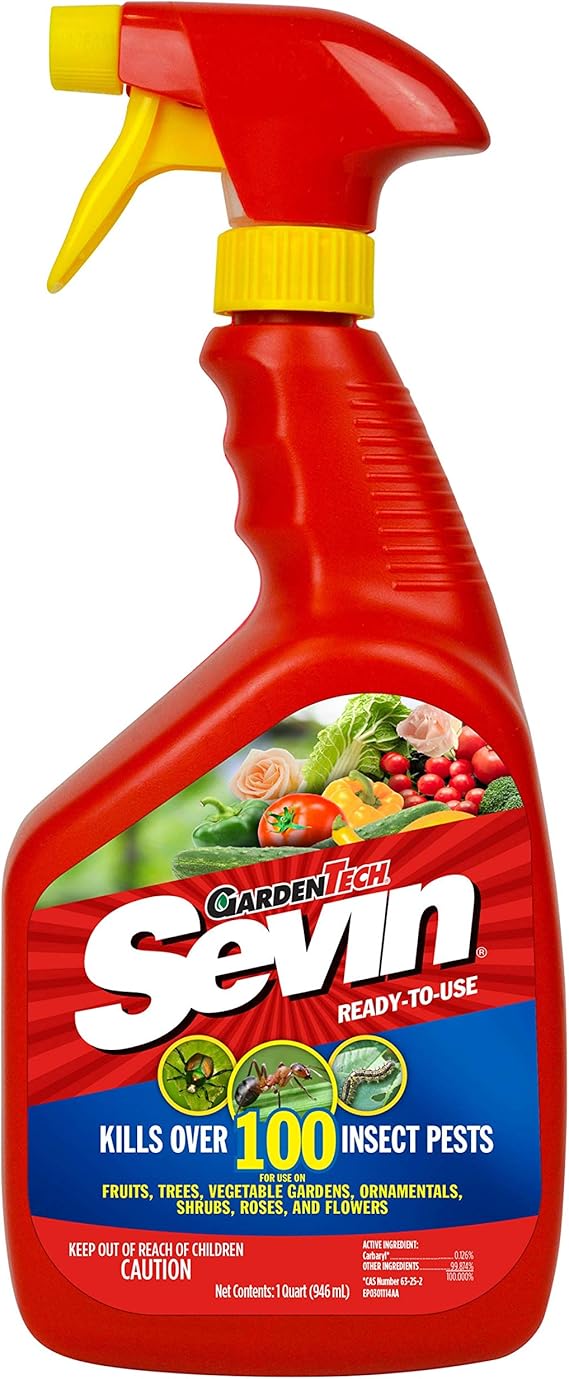
Sevin Bug Killer Ready To Use For Insects killer
"(Paid Links)" 
Manual Removal
One of the quickest ways to reduce the number of Japanese beetles in your garden is manual removal. Early in the morning, when the beetles are sluggish, you can knock them off plants into a bucket of soapy water. The soap breaks the surface tension, preventing the beetles from escaping. This method is effective for small infestations and provides immediate results.
Use of Insecticidal Soaps
Insecticidal soaps are an eco-friendly option for controlling Japanese beetles. These soaps work by disrupting the beetle's cell membranes, leading to dehydration and death. Spray the affected plants thoroughly, ensuring that you cover both the upper and lower surfaces of the leaves. Reapply as necessary, especially after rain, to maintain effectiveness.
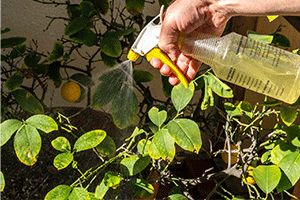
Neem Oil

Pheromone Traps
Pheromone traps attract Japanese beetles using a scent lure. While these traps can capture a large number of beetles, they can also attract more beetles to your garden, potentially worsening the problem. If you use pheromone traps, place them at the edge of your property, away from the plants you want to protect.
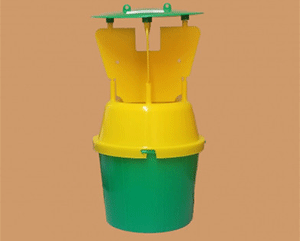
Beneficial Nematodes
Beneficial nematodes are microscopic worms that prey on Japanese beetle larvae in the soil. They enter the larvae and release bacteria that kill them. This method is particularly effective if you have a history of Japanese beetle infestations. Apply nematodes to the soil in the spring or fall when the larvae are most active.
Companion Planting
Certain plants repel Japanese beetles and can be used to protect more vulnerable species. Planting garlic, chives, or catnip near susceptible plants can help deter beetles. Additionally, interplanting with less attractive species can reduce the overall appeal of your garden to these pests.
Milky Spore Disease
Milky spore is a bacterial disease that specifically targets Japanese beetle larvae. When applied to the soil, the spores infect the larvae, killing them over time. This method provides long-term control, as the spores can persist in the soil for years. However, it may take a couple of seasons to see significant results.
Chemical Insecticides
For severe infestations, chemical insecticides may be necessary. Products containing carbaryl or pyrethrin can effectively kill Japanese beetles on contact. However, these chemicals can also harm beneficial insects, so use them as a last resort and follow the label instructions carefully.
Conclusion
Japanese beetles can be a serious problem for gardeners, but with these fast and effective methods, you can protect your plants and reduce the beetle population. Combining manual removal, natural repellents, and biological controls can provide a comprehensive approach to managing these pests. Regular monitoring and prompt action are key to keeping your garden healthy and beautiful.
